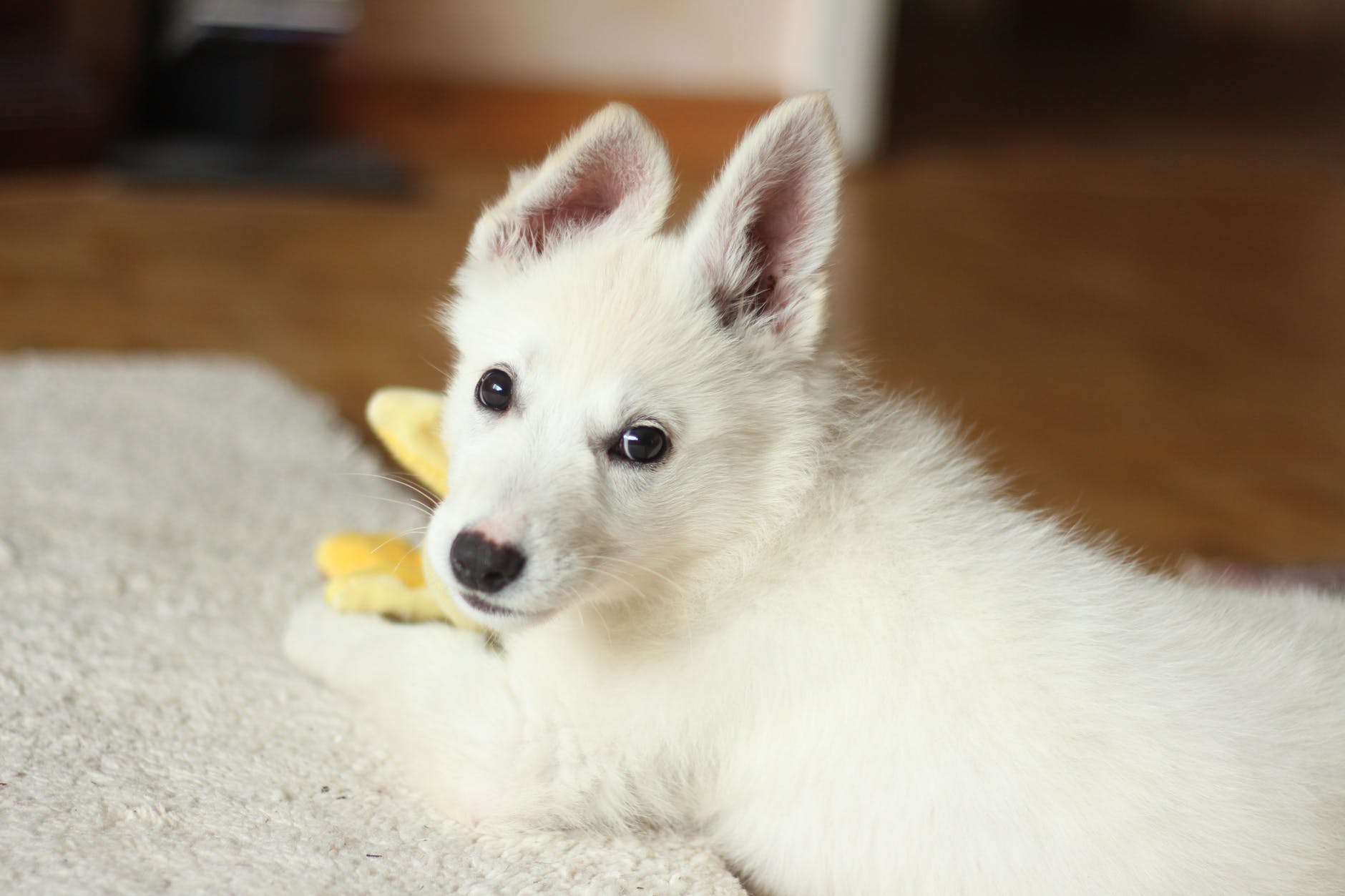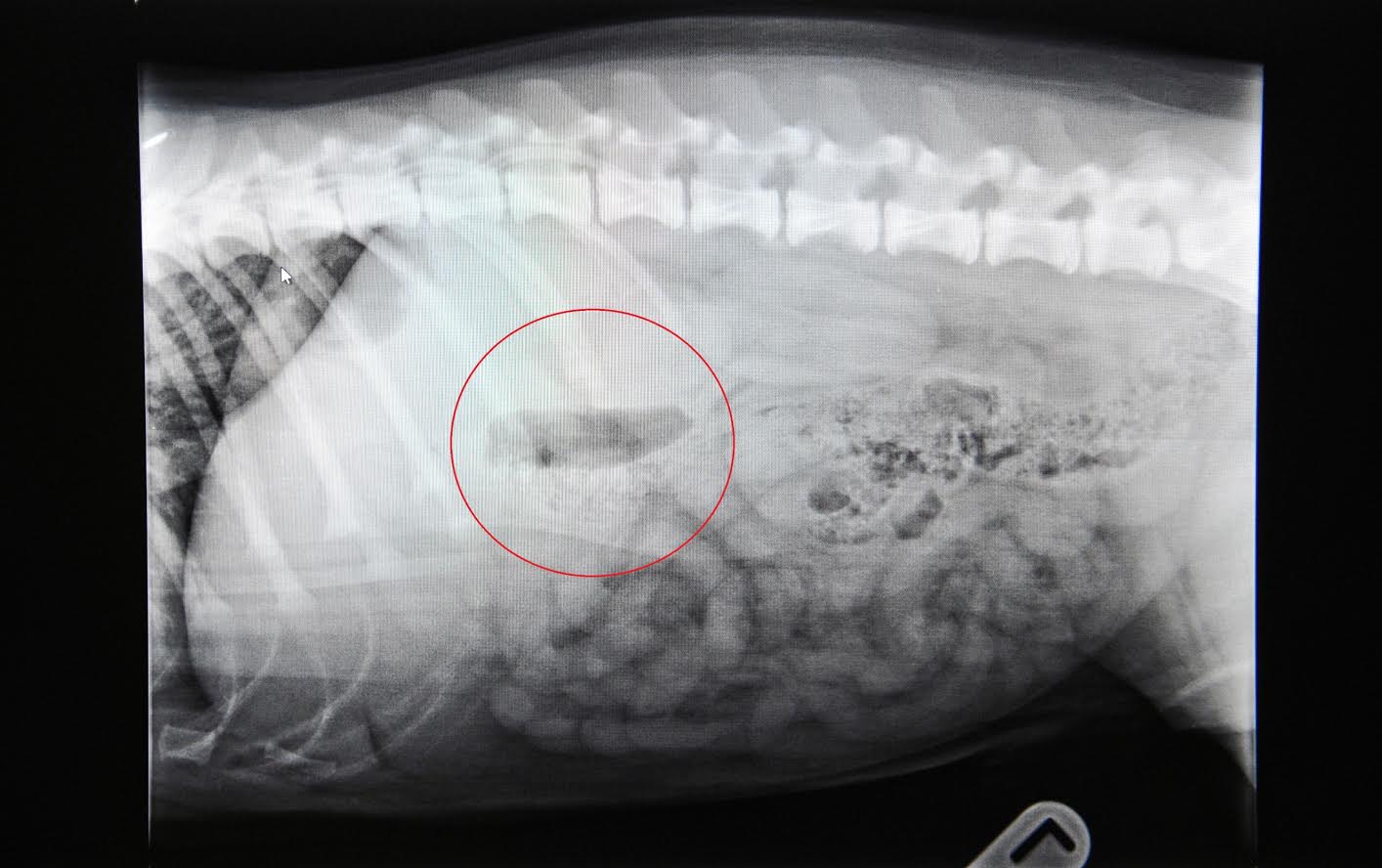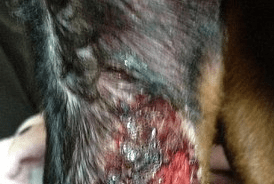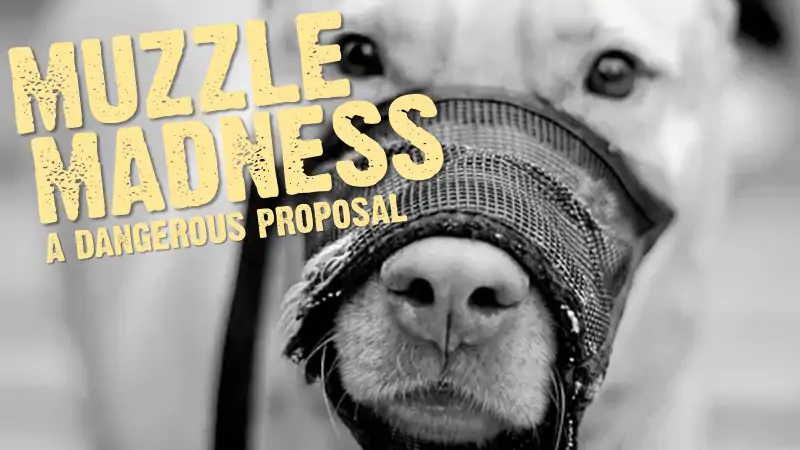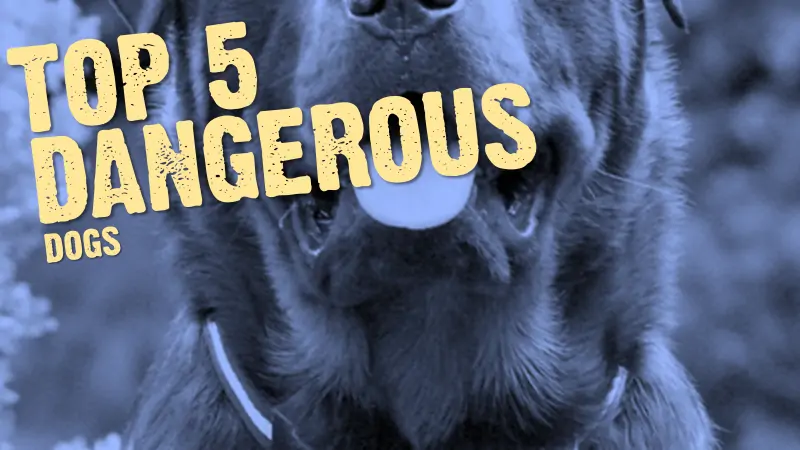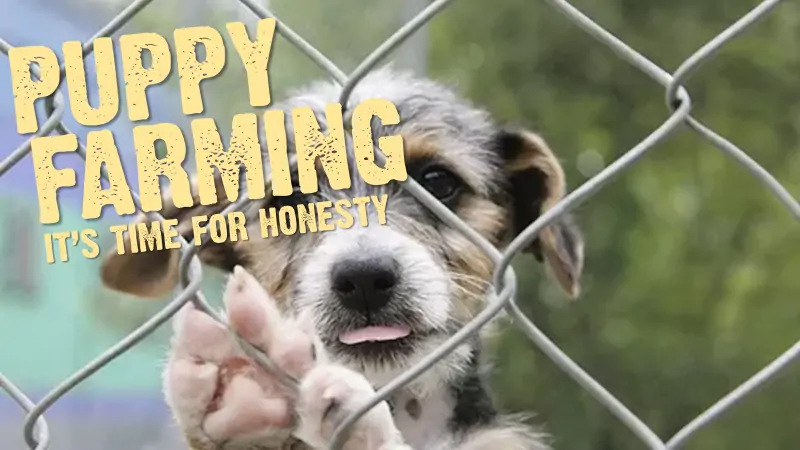We all love our dogs and want to do the best for them. You can give them all the love, attention and affection in the world but you also need to be aware of your pet’s health, so you can give them a longer, happier and healthier life.
From the day we bring our new puppy home, there are some key areas to look out for to help keep your dog healthy and enjoying life to the full:
Dog Health Problems Start From The Inside
· Diet: Providing the right food for their breed, size and age is vital. Making sure they get all the right nutrients – whilst not over or under feeding.
A large dog, such as a Great Dane, has different dietary needs to that of a Chihuahua, so some food brands even offer tailormade diets.

Dog Health Symptoms: Is Your Dog’s Weight A Cause For Concern?
· Exercise: You should be making sure they get enough exercise to keep them fit and active for as long as possible – dog walking can work to your benefit too!
· Vet visits: You should make sure they get regular health checks and injections with your local vet – as you would with your doctor – to prevent illness occurring and catch problems before they become threatening.
So how do you check if your dog is healthy?
This article discuss about the best cbd oil for dogs with arthritis and takes you through a ten-point health check that you can easily undertake at home. It works just as well on cats as it does dogs and I’ve called it the DIY MOT health check. You can monitor your pets’ health in-between regular visits to your vet, which will help alert you to any problem areas.
Eyes
Should be clear and sparkling without any discharge or redness, as this could be a sign of infection. The eyelids should also be checked for warts or cysts. Diet can also have an impact on eye health, if you have concerns, consider switching your dog’s food.
Teeth & gums
Gently lift your pet’s lips – the gums should be salmon pink, don’t worry some dogs can have naturally black pigmented gums, teeth should be clean and white with no yellow plaque or tartar and there should not be a bad smell!
Look out for loose teeth or bleeding gums, which should also be taken care of by your vet.
Paws
Check the pads for open cuts, splinters or seeds which can become embedded. Nails should be short and healthy looking without splitting. Some dogs will need to have nails regularly clipped at the vet.
Body checks
Check for any lumps or wounds by running your hands over your dog’s body and part the hair to check for signs of fleas or ticks. Your vet can recommend suitable treatments. Check a dog’s testicles and bitch’s mammary glands for any unusual swellings.

Weight
Be aware of what weight your dog should be and monitor it carefully – overfeeding can be as damaging as underfeeding. As a general rule run your hands down the sides of your dog’s belly and you should be able to feel the rib cage.
By feeling the rib cage you should be able to tell if they are under, over or just right! If your pet seems overweight check with your vet, they may recommend a light food, which has fewer calories or you might consider a different type of a dog bowl which steadies how fast your dog eats his food.
There are some which are floor bowls, which look similar to a puzzle, and dogs navigate the ‘spikes’ to eat. Or a raised dog bowl which can either sit in a dog bowl stand or be wall mounted alters how your dog eats, and can also slow them down.
Obesity can contribute to heart disease, joint disease, diabetes and many more health complications. As in humans exercise also plays an important part in weight control. Make sure your dog is getting plenty of exercise. Walks are the easy answer. Large dogs don’t necessarily need more exercise; it really does depend on their breed and age.
Ears
The inside of your dog’s ears should be clean with no odour. If they do smell this could be a sign that they are infected. Ears should be cleaned regularly – ask your vet to recommend a cleaning product and just as importantly, the best way to clean them without damage.
Muzzle
The nose should be free of discharge – pets get colds too. Noses should be wet but not runny, a dry nose could also signal health problems.
Coat and skin
The coat should look glossy and feel tangle free, not dull. Look out for any balding or irritation which could be caused by allergies, mange etc and should be checked out by a vet for treatment. The skin should not feel greasy or look flaky (no dandruff).
If you have concerns that your dog’s dull coat or flaky skin may be caused by an allergy, speak with your vet. If you are concerned that it may be parasite related, seek out a good flea treatment for dogs to restore.
Energy
Dependent on its age, your dog should be alert and energetic without any signs of stiffness or breathlessness – any reluctance to exercise should be looked into. Feeding the right amount of food and nutrients to your pet helps make sure they maintain high energy levels even into old age.
Under the tail
Hold up the tail and see if there are any signs of soreness or discharge. Also check your dog’s stools, they should be firm and fairly small – this is a sign of healthy digestion.
Stools are a good way of determining your pet’s health, a sudden change can bring your attention to a health issue that might have gone unnoticed. It is also the way your animal gets rid of all the waste in his food that he doesn’t need. Lots of products are bulked up with water and cereals when one of the most important ingredients to carnivorous animals is protein – that means meat.
A good rule of thumb is: the more meat ingredients a food contains the higher the quality of the feed, look on the side of the bag where the ingredients are listed, manufacturers have to list the largest quantity first.
What are the benefits of dry over wet food?
Once you’ve determined your dog’s life stage and lifestyle needs, you need to decide whether to feed dry or wet (canned) food.
It’s important to remember that while dry food can be left in a bowl, wet food should not be left out all day if not consumed. Therefore, dry food can often be the most convenient choice for busy people.
Although a recent BBC report suggested that brushing is the best way to keep a dog’s teeth clean, dry foods also promote good oral hygiene for teeth and gums through abrasive action.
How do I switch my dog’s food?
If you are looking to change your dog’s diet we would recommend you introduce the new food gradually over a period of 4 days.
Make the change slowly, try mixing of the new food with of old food then gradually change the proportions over the next three days until he’s eating new food. There are also a few tricks you could use to help make the change over to a complete dry food– for example, start by adding a little water or by warming the food in the microwave.
Vet visits
Remember that although you can monitor your pet’s health at home using the above guidelines I would also strongly recommend you make regular check-ups appointments with your local vet even if your pet seems healthy. And if this article has alerted you to any health issues please do contact your vet for a more thorough examination.
Enter your email and never miss out on receiving our best articles:

